- Windows print server service
- Что такое сервер печати
- Сервер печати windows server 2012
- Configure Print and Document Services
- Step 1: Install v4 drivers
- To install v4 drivers using the Print Management Console
- Step 2: Install v3 drivers (if necessary)
- Step 3: Create a shared print queue
- Step 4: Connect to the print queue
- Step 5: Print from Windows
- To install a Printer using the Windows 8 Shell
- Step 6: Print from a Windows app
- To print a document from a Windows app
Windows print server service
Добрый день уважаемые читатели блога сегодня мы с вами разберем вопрос, как производится настройка сервера печати windows server 2012 R2. Мы с вами уже устанавливали сервер печати в Windows Server 2008 r2 и эта статья чем, то на нее похожа. Думаю для начинающих системных администраторов она окажется полезной в организации новой инфраструктуры и имеющей немного улучшенный функционал, все вопросы по данной теме я жду в комментариях, готов максимально развернуто на них ответить.
Что такое сервер печати
Как вы понимаете это сервер или виртуальная машина, на которой стоит роль и с помощью нее идет централизованное администрирование и распространение принтеров на устройства и пользователей в локальной сети. Ниже представлен пример, как это выглядит.
Сервер печати windows server 2012
Приступим к настройке, делать я это буду на контроллере домена так как данный функционал совсем не нагружает сервак, первым делом вам необходимо открыть Диспетчер сервера и в правом верхнем углу нажать Управление > Добавить роли и компоненты, в 2012 да и в 2008 r2, все ставилось через данные мастера.
У вас откроется мастер добавления ролей и компонентов, на первом окне можете ничего не читать, там одна вода, жмем далее.
Оставляем выбор на Установка ролей и компонентов, так как мы будем ставить на один сервак
Выбираем сервер для инсталляции.
ставим галку на против Слыжбы печати и документов и жмем далее.
Дополнительных компонентов ставить не нужно, так что этот шаг просто пропускаем.
На этом шаге мастер вам расскажет более подробно про сервер сетевой печати, если интересно, то почитайте.
Теперь у вас на выбор будет 4 галки
- Сервер печати > ее выбирает, так как наша роль
- Печать через интернет > тут как бы все понятно из названия
- Сервер распределенного сканирования
- Службы LPD > Для Linux платформ
Все жмем установить.
Процесс довольно таки быстрый.
Обратите внимание, что по завершению вас не попросят перезагружаться.
все роль установилась, открываем Средства в диспетчере сервера и далее Управление печатью.
Продолжаем делать наш сервер печати windows server 2012. В открывшейся оснастке mmc откройте Серверы печати > далее ваш > Принтеры. Как видите у вас только стандартный Microsoft XPS принтер. Логично, что вам нужно поставить все ваши сетевые принтеры. У меня в сети настроена пачка сетевых принтеров HP LaserJet 400 MFP M425dn
Открываем панель управления > Устройства и принтеры. Жмем вверху Добавление принтера.
В открывшемся окне, будет произведен поиск доступных принтеров в Active directory. если у вас ничего не нашло, то жмем Нужный принтер отсутствует в списке.
Теперь настройка сервера печати windows попросит вас добавить локальный или сетевой принтер от имени администратора.
Выбираем добавить принтер по его TCP/IP адресу или имени. Советую всегда использовать dns имена и не привязываться к ip адресам.
- Тип устройства > Устройство TCP / IP
- Имя или Ip адрес > DNS имя
- Имя порта > что угодно понятное вам, у меня это расположение в офисе
Теперь будет произведена установка драйвера, можете поставить свой, но мне достаточно было использовать рекомендуемый.
И зададим имя, по которому его смогут искать.
Указываем есть ли до него общий доступ или нет.
Вот так вот выглядит мой список,
Откройте теперь проводник и введите \\имя вашего сервера и вы получите список всех принтеров что на нем есть.
Щелкаем по любому из них двойным кликом и начнется установка.
Все как видите у меня появился нужный мне сетевой принтер.
в следующей статье я вам расскажу как эти принтеры можно назначить с помощью групповых политик, так как в ручную можно поставить когда требуется единовременно или одному человеку, а вот если мы говорим про отделы, то тут GP просто не заменима.
Configure Print and Document Services
Updated: May 11, 2016
Applies To: Windows Server 2012
This article describes how to configure and manage Print and Document Services using both the Print Management Console and the associated Windows PowerShell cmdlets. Management of a Windows Server 2012 Print Server is done using the Print Management Console (PMC) MMC snap-in, which has been updated to support the new Windows Server 2012 features. You can remotely manage your print server, but you need to first configure it from the Print Server’s local console.
Internet Printing is also managed using the PMC, and LPD Printing uses Windows PowerShell tools for configuration and remains unchanged functionally from Windows ServerВ 2008В R2.
The LPD and LPR Services are deprecated starting with Windows Server 2012. Eventually, they will be completely removed from the product, but they are still available in this release. You should begin planning now to employ alternate methods for any applications, code, or usage that depend on these features. For more information about features or functionalities that have either been removed from the product in the current release or are planned for potential removal in subsequent releases, see Features Removed or Deprecated in Windows Server 2012.
Windows Server 2012 introduces a new set of Windows PowerShell cmdlets that can be used to manage print servers and print queues from the command line. Wherever possible, examples on how to use these cmdlets will be shown for common print management scenarios. For more information, see Print Management Windows PowerShell cmdlets.
In this document
This topic includes sample Windows PowerShell cmdlets that you can use to automate some of the procedures described. For more information, see Using Cmdlets.
Step 1: Install v4 drivers
Using v4 drivers with Windows Server 2012 Print Servers is recommended wherever possible. If Windows 8 client computers are being used, users and IT administrators will receive the new printing experience and receive all of the benefits of the v4 driver model. For some devices, using a v3 driver will be necessary and differences between Windows Server 2012 and previous versions of Windows will also be discussed.
To install v4 drivers using the Print Management Console
Open the Print Management Console by opening Server Manager, click Tools, and then click Print Management.
Expand Print Servers, and then expand the Print Server name. Right click Drivers and select Add Drivers.
To add a v4 driver for a device, select the driver that has v4 or Class Driver in the name.
After the driver is installed, it should display in the list of installed drivers.
Figure 1: Installed Drivers
Once installed, V4 drivers are identified by the Version field displayed in the Driver Properties:
Figure 2: Driver Properties
The driver name will state Class Driver, the Config File should show PrintConfig.dll, and the driver path should be %systemroot%\system32\DriverStore.
Class Drivers
V4 drivers that ship with Windows Server 2012 are known as Class Drivers. Drivers of this type should always display Class Driver in the name.
Model Specific Drivers
V4 drivers that are downloaded directly from a printer manufacturer website or downloaded from Windows Update are known as model specific drivers.
.jpeg)
The following Windows PowerShell cmdlet or cmdlets perform the same function as the preceding procedure. Enter each cmdlet on a single line, even though they may appear word-wrapped across several lines here because of formatting constraints.
Step 2: Install v3 drivers (if necessary)
In many cases it will be necessary to use v3 drivers on a Windows Server 2012 Print Server. In these cases, these drivers will install and share exactly as they did before in Windows ServerВ 2008В R2. To make installation and maintenance of these drivers easier than they were in previous operating systems, the 32-bit core driver files and the ntprint.inf driver definition file from 32-bit Windows are included with Windows Server 2012. If a 32-bit driver has a dependency on a core driver, an administrator can install a 32-bit v3 driver without needing to use an installed 32-bit operating system as a source for the ntprint.inf file.
Step 3: Create a shared print queue
Creating shared print queues in Windows Server 2012 follows the same process as Windows ServerВ 2008В R2. A local printer must be installed on the server and connected to a port and a driver, and the print queue must be shared in order for client computers to discover and connect to it. When using a v4 driver, an administrator does not need to install a driver for any additional processor architectures.
.jpeg)
The Port and Driver must already exist or the Add-Printer command will fail. Use the Add-PrinterDriver and Add-PrinterPort cmdlets to install the driver and the port before running the Add-Printer command.
Step 4: Connect to the print queue
When connecting to a print queue using a v4 driver from a client computer, the client computer will install the print queue using the enhanced Point and Print process described previously. If the client computer is Windows 8, the driver will be downloaded from either from the local driver store, Windows Update, or Windows Software Update Services (WSUS).
Windows 8 and v4 drivers
The user will not be prompted to provide credentials to install the v4 print driver. The v4 driver installs from the local driver store and the user will see a printer installation indicator with a status bar. After the installation completes, the printer is ready to use with no further action needed.
Microsoft Enhanced Point and Print Compatibility Driver
A client running a previous version of Windows can install and print to a Windows Server 2012 print queue that is using a v4 driver by using the Microsoft enhanced Point and Print Compatibility Driver. Windows 7 clients do not support the v4 driver model so they need to download and install the Microsoft enhanced Point and Print Compatibility Driver from the Windows Server 2012 Print Server. Windows Server 2012 comes with both a 64-bit and 32-bit compatibility driver pre-installed.
After the printer is installed, its properties will show the driver as the Microsoft enhanced Point and Print compatibility driver instead of the v4 Class Driver or Model Specific driver that is installed on the server.
Figure 3: Enhanced Point and Print Compatibility Driver
The Microsoft enhanced Point and Print Compatibility Driver works cross-platform as well, as a 32-bit Windows 7 client downloads and installs the 32-bit version of the driver from the server running Windows Server 2012 and uses this driver to print to all v4 print queues.
Step 5: Print from Windows
The Windows 8 Shell includes a new user interface that is designed to help users easily discover and install devices. Print, Fax, and Scan devices are installed from the Settings or Devices charms:
Figure 4: Charms Bar with Devices and Settings
To install a Printer using the Windows 8 Shell
Activate the Charms bar by swiping in from the right edge of a touch screen or moving the mouse to the upper or lower right corner of the display.
Click or touch Settings, and then More PC Settings.
Click or touch Devices, and then click or touch Add a device.
Windows scans the network for devices and displays a list of printers that were found. If the administrator published printers to the Active Directory then they should show up at the top of the list.
Figure 5: Searching for Devices
Click or touch the device that you want to install and it will be added to the list of devices. If the printer is using a v4 driver then no other user interaction is necessary to install the device.
In some cases you may need to add a printer through the Control Panel, Devices and Printers, Add Printer user interface. This works the same way as in previous Windows versions.
When printing to a Windows Server 2012 print queue, only users with administrator permissions on the print queue (full system administrator or delegated print administrator, see Assign Delegated Print Administrator and Printer Permission Settings in Windows Server 2012) will see readable document names when viewing the print queue. Users can still view the queue from their client computer and will see their own document name in full, but for other user’s print jobs they will see Print Document for the document name. Additionally, in most cases in the event log on the server, the document name will also appear as Print Document . However, in some job failure cases, the document name will be listed in the failure event.
Step 6: Print from a Windows app
Windows 8 has a new user interface for discovering and printing to print devices on a network. A Windows app that runs in the Windows 8 modern shell may have a custom printing interface that is accessible via the application bar or it may provide a printing link similar to the Internet Explorer app. Additionally, the CTRL + P hotkey will activate the new print dialog from any Windows app.
Printing from desktop applications remains unchanged and works the same as previous Windows versions.
To print a document from a Windows app
Click or tap the Devices charm or use the CTRL + P hotkey to activate the Printing interface.
Choose a device to print to by clicking or touching the Print device icon:
Figure 6: Choosing a print device
A print preview and basic print settings are displayed. The document can be printed using the Print button:
Figure 7: Basic print settings
Click More Settings to activate the advanced print settings dialog where page layout, paper and quality, and output options can be specified:
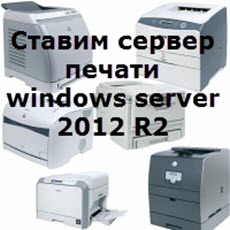


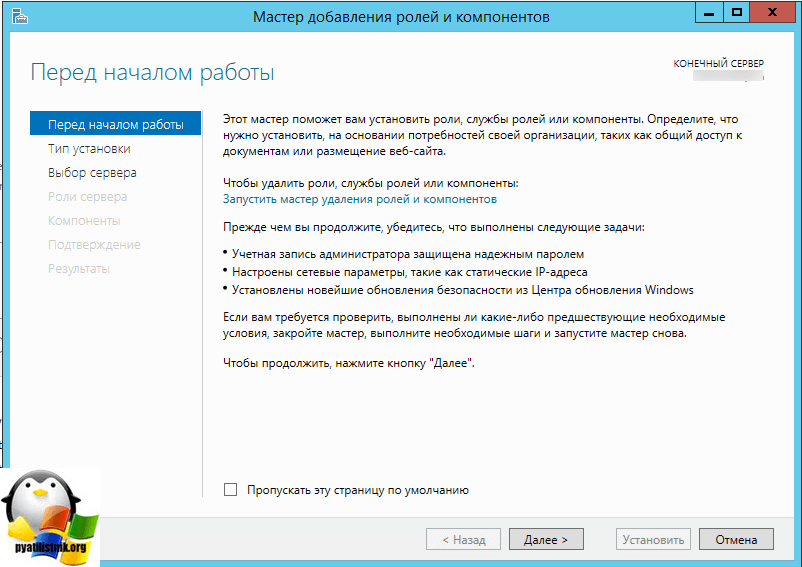



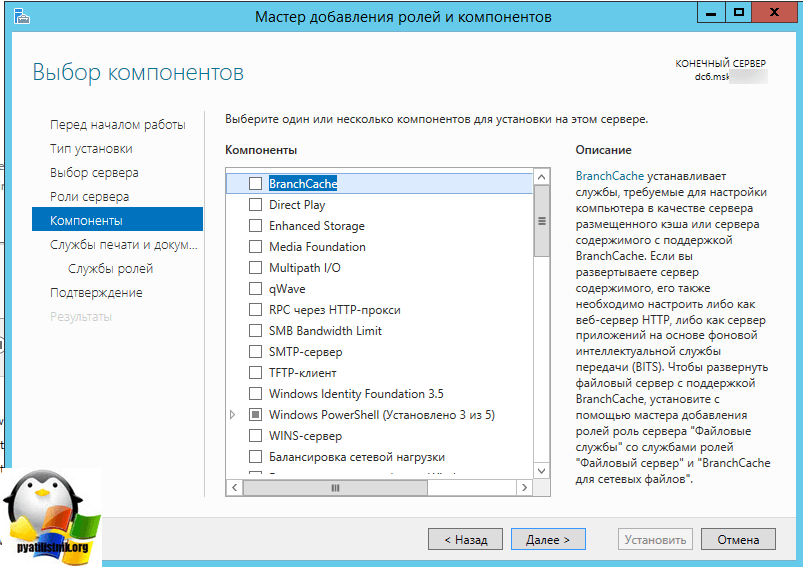

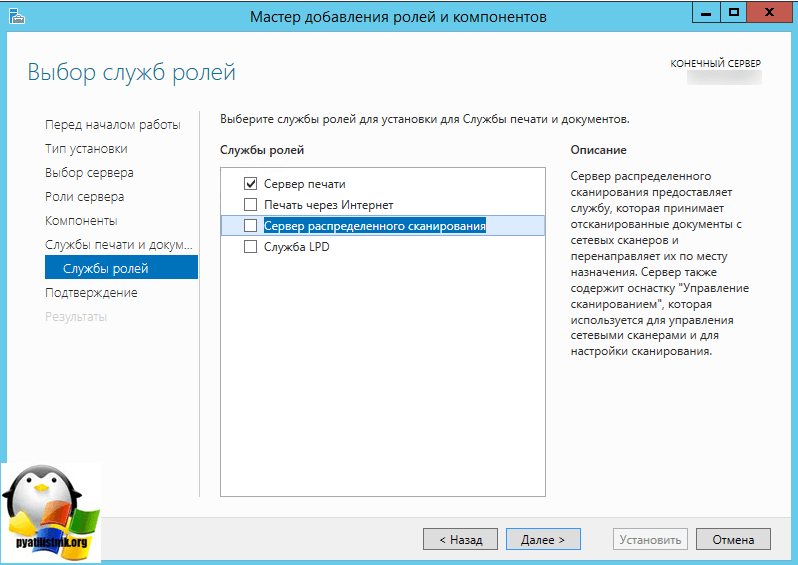





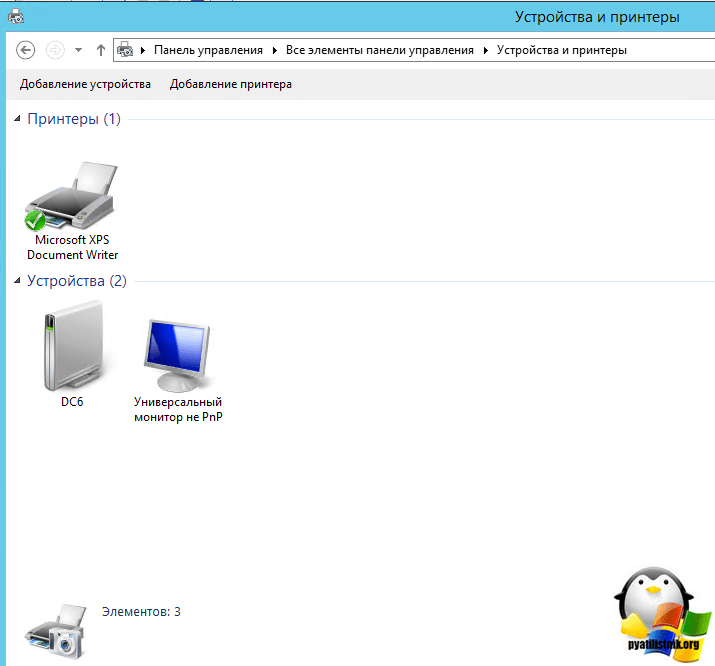

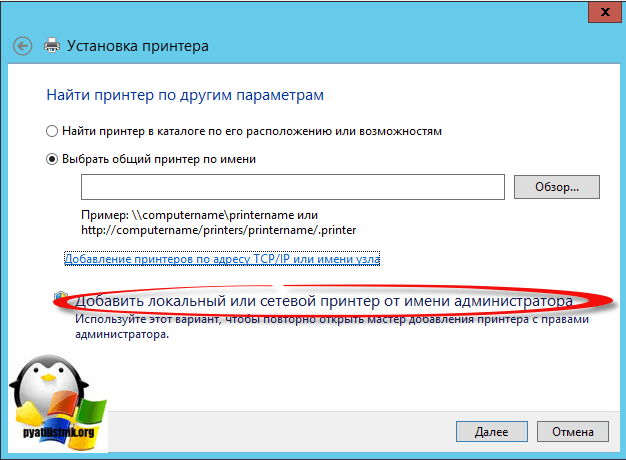
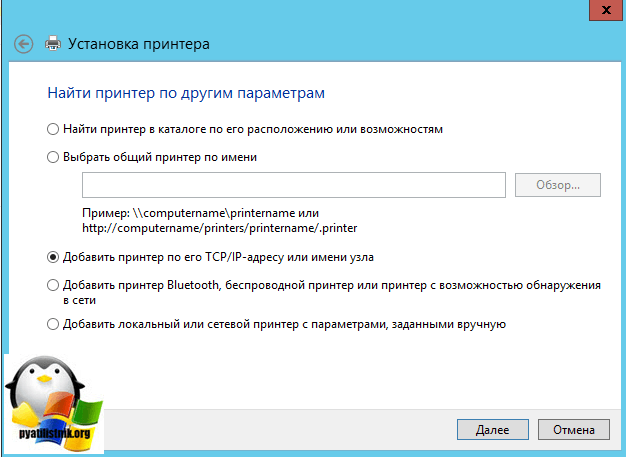

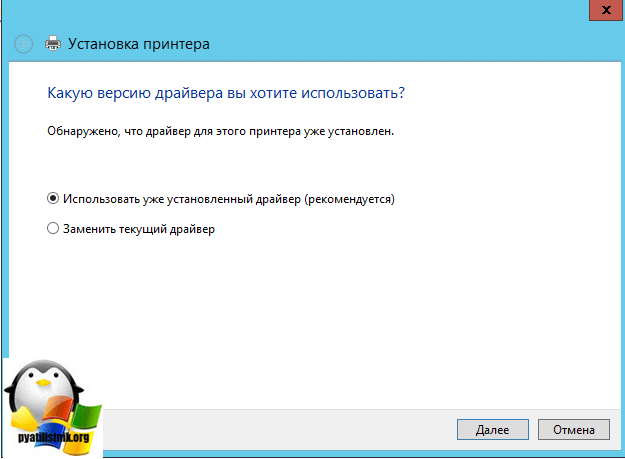

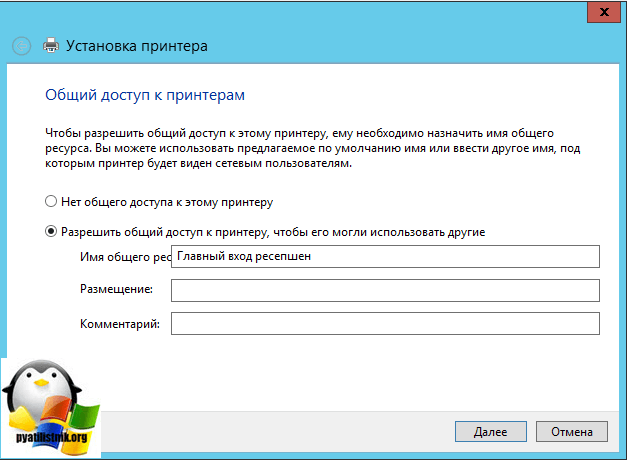
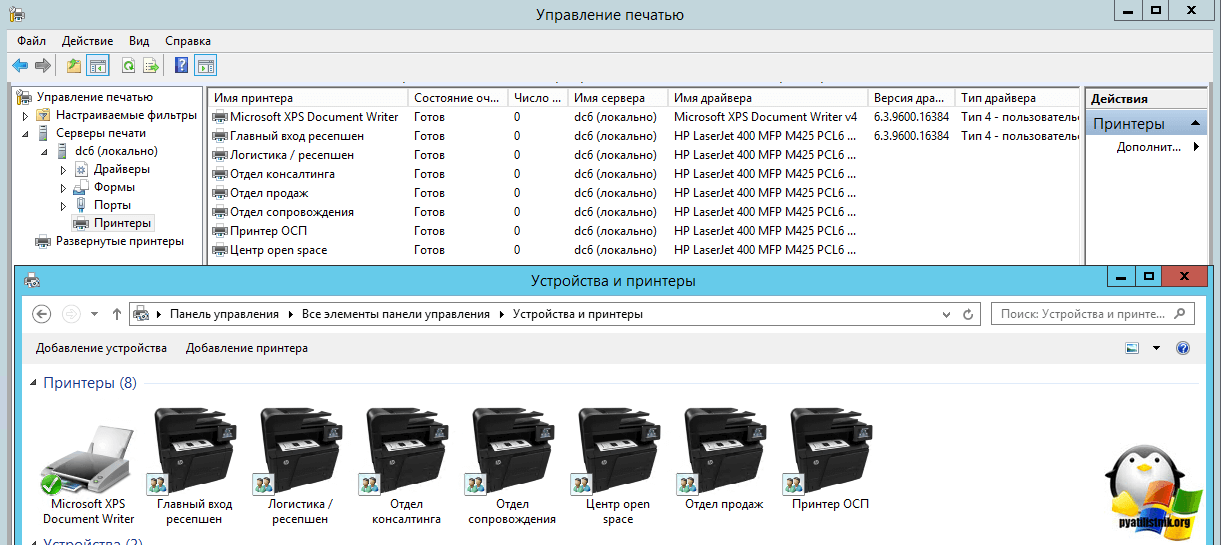
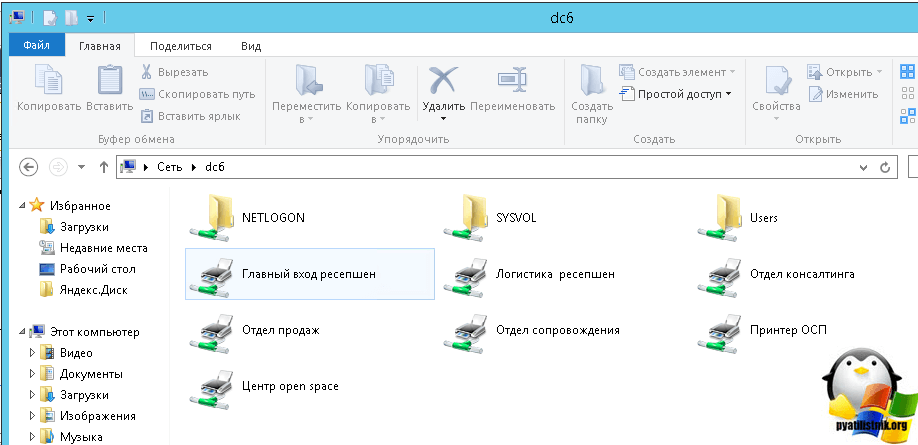

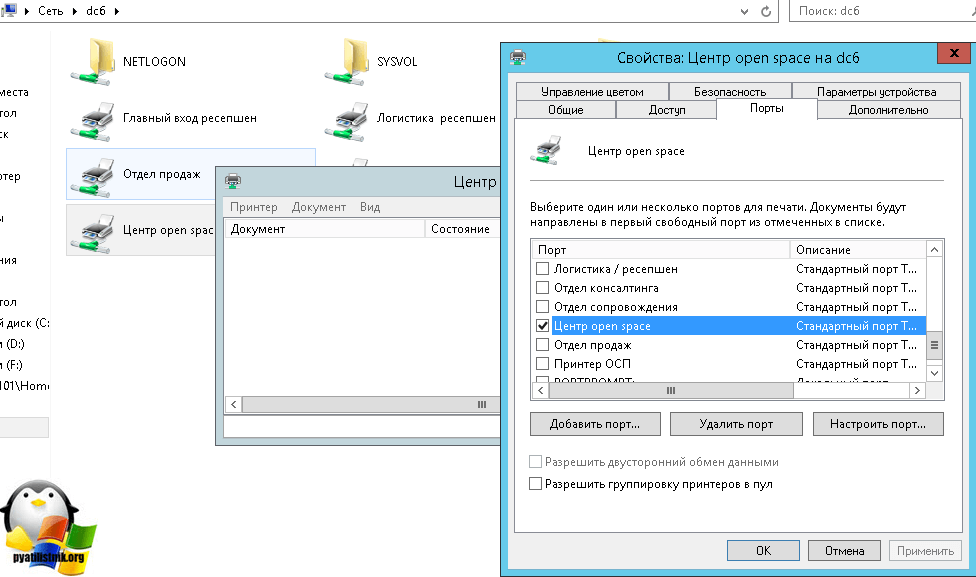
.jpeg)
.jpeg)
.jpeg)
.jpeg)
.jpeg)
.jpeg)
.jpeg)



